Tagesschau / Hamburg
Our top story
With its meticulous approach to international coverage, ‘Tagesschau’ is the western world’s most successful news programme. We meet the team and cast an eye to the future of this German institution.
From the fall of the wall to the election of Donald Trump as US president, the Tagesschau has seen and reported it all. “It is one of the last beacons in existence that continues to bring people together for the news,” says Dr Kai Gniffke, editor in chief of ARD-Aktuell, which produces TV institution Tagesschau, along with Tagesthemen, Nachtmagazin and Tagesschau24 for the German public-broadcast service. The former is the most successful news show in the western world, beating even the BBC and PBS to pole position; its 20.00 edition draws in close to 10 million viewers every evening.
The Tagesschau has been a fixture since 1952 and during the golden age of television there was an unspoken rule: you didn’t telephone anyone at 20.00. Even now, television programming is anchored around the show: no channel would dare schedule a film at the same time and any that did would quickly realise their mistake and return to the 20.15 slot marked by the end of the nightly news. And unlike most newscasts, the Tagesschau is not branded by an anchor (that role is reserved for the daily Tagesthemen, which has recently welcomed presenter Ingo Zamperoni to its team). In fact, the evening Tagesschau is probably the world’s only news show that features six different presenters. “The news is the star, not the anchor,” says Gniffke. “This format wouldn’t work in America.”
To find out how it works so well in Germany is why we’re making our way past the gatekeeper of Hamburg’s Norddeutscher Rundfunk campus and down the storied Hugh-Greene-Weg (named after the late director-general of the BBC and founder of public broadcasting in postwar Germany) to the home of Tagesschau. We arrive at the three-storey building just in time for the morning conference. At 10.30 sharp, Gniffke takes his seat at the top of the table next to producers from every department, who make up a fraction of the 300-strong team (if Gniffke were to attend every conference in the house he’d be in and out of meetings all day). It is illustrative of the fact that the ARD (the consortium of Germany’s regional public-service broadcasters) takes pride in running a very democratic process – though when a decision has to be made, Gniffke always has the last word. His authority is reflected in his outfit: he’s the only one in the newsroom sporting a smart suit. Everyone else is dressed down – apart from the presenters, of course.
Susanne Holst, who joined the Tagesschau in 2001, is suited in a pink outfit as classic as the show itself. She’s just finished presenting the news at noon and has taken a seat at her desk to prepare for the next broadcast. “The first time I heard that gong in the studio, I thought, ‘Fantastic, the Tagesschau is about to start.’ And then I realised – it’s me, I’m presenting! I’ve had to learn to subdue my expressions and personality to let the news speak for itself; we don’t want to influence the audience.”
Despite there being 20 daily editions of the Tagesschau, the production team’s day orbits around the 20.00 show and everything that comes before it is almost like a dress rehearsal for the big performance. “With an audience of nearly 10 million the tension is great,” says regular host Judith Rakers. “This is the show on which we’re all judged.” Every evening the Tagesschau pulls in a market share of about 33 per cent, making it the most watched newscast in both Germany and Europe. “After 64 years it’s a tradition. It’s rooted in the DNA of the people; the evening begins with the Tagesschau,” says Gniffke, with the kind of emotion a presenter wouldn’t dare express on camera. Yet it’s not only tradition that has made this programme a success: first and foremost it is a dedication to trustworthy coverage. “We wait for confirmation before we announce anything, despite the pressure of being live on air.”
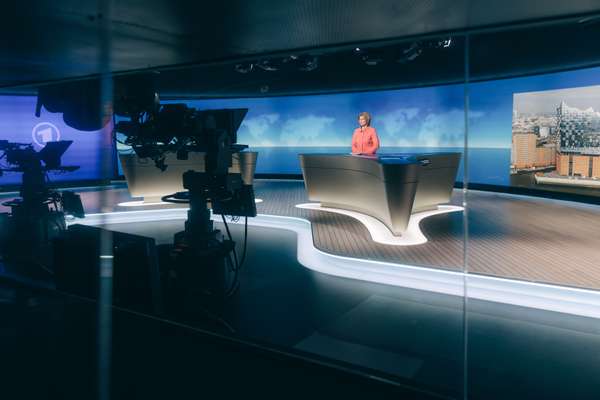
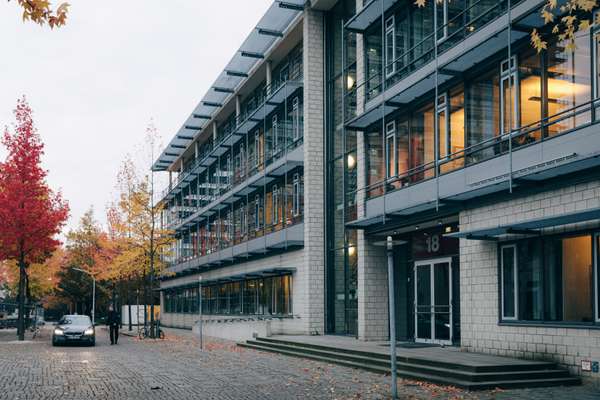

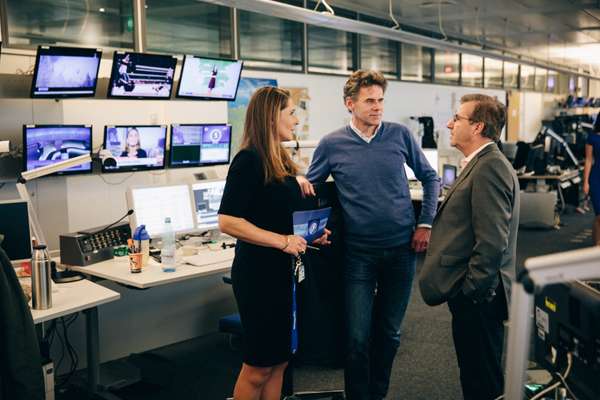
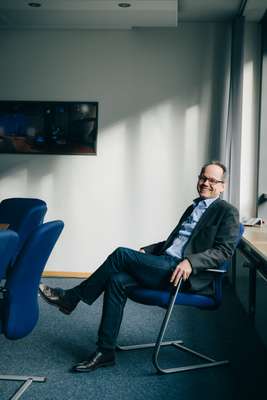
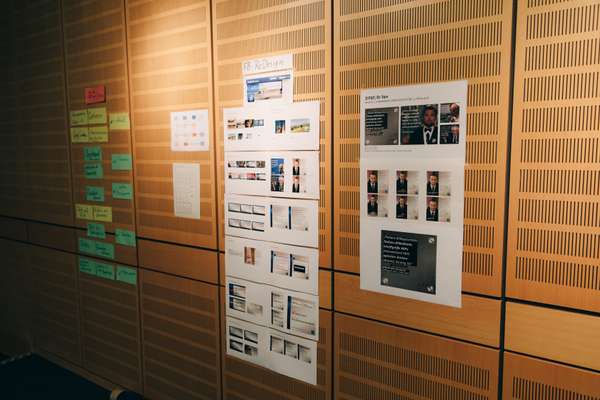

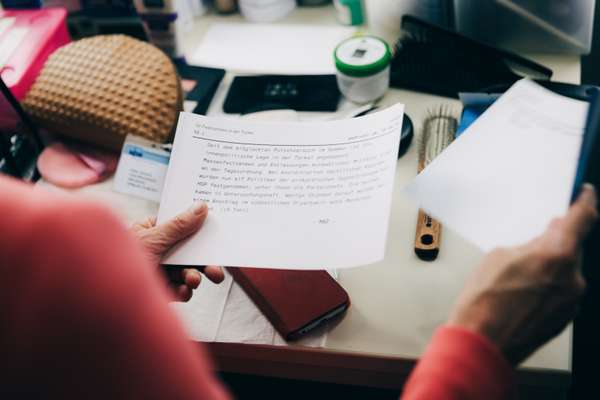
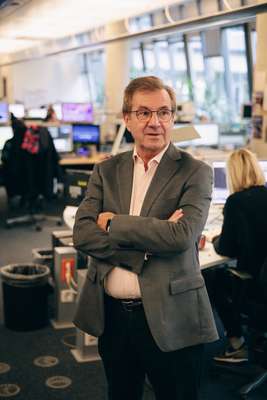
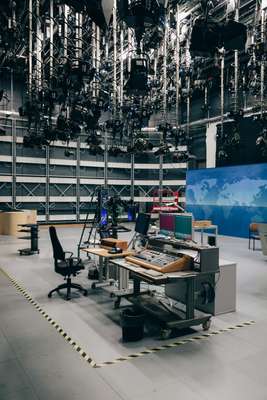
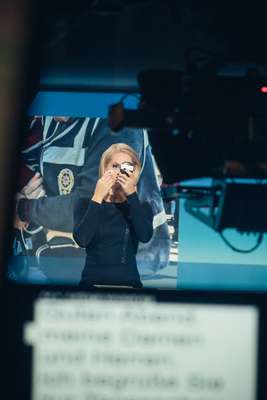
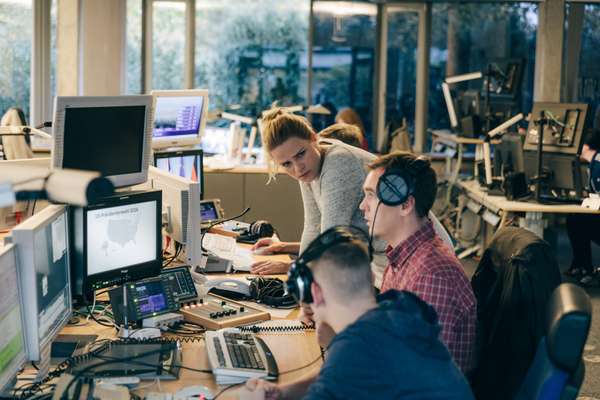
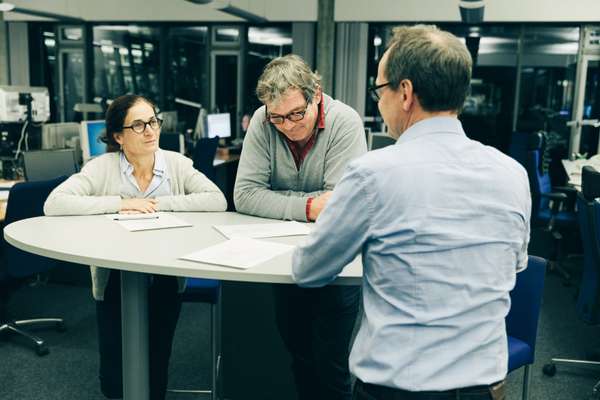
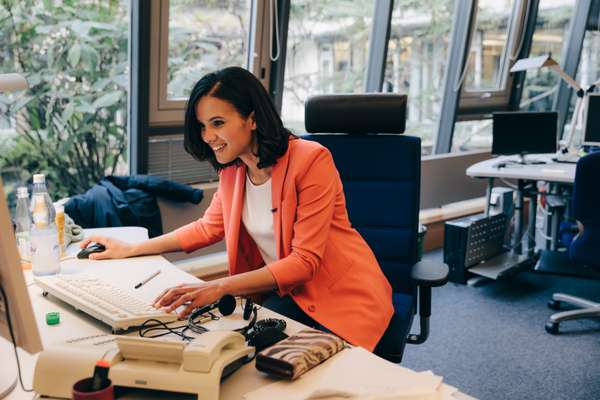
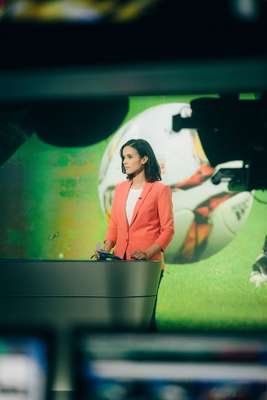
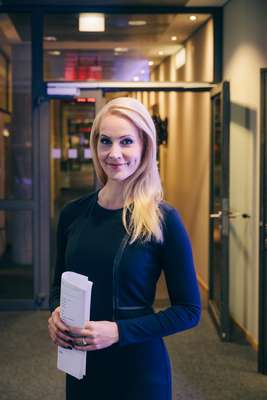
Whether it was September 11 or the 2016 Munich shootings, the team did not release any information before it was checked thrice. “We don’t always have to be the fastest but the most reliable,” says Gniffke. And that’s the key: whenever something happens, the Tagesschau is what people turn to for the facts. “We have to try to explain this complicated, crazy world we live in to the public so that they can make informed decisions,” adds Gniffke, keeping an eye on the TV screens in his office as if to ensure that he isn't missing any breaking news. “The way in which news is distributed has changed: 30 years ago we broadcast two daily shows, now Tagesschau24 is live throughout the day and we’re active on social media and the web. But one thing hasn’t changed: television is still the place people go for hard news.”
In order to stay up to date and relevant the ARD not only gave its studio a €23m makeover in 2014 but it’s also in the midst of launching a brand new Tagesschau app and investing in a social-media team. “We have to change,” says Birgit Klumpp, who co-founded the Webvideo Unit Tagesschau in 2015. “When I wake up I want to know if the world’s still standing so we have to be there. The Tagesschau brand is stable. But young people don’t wait for the 20.00 news: they check their phones. We have to adapt and react.”
For now numbers for the programme remain strong and are even growing, as are the ARD’s bureaux around the world. The organisation has correspondents throughout Germany and in 25 overseas outposts, each of whom feeds news to the headquarters, where editors on duty Carmen Jakobs and Stephan Ziegenhagen are then left with the task of piecing together the most important show of the day. Every story is discussed and every word weighed before the script is printed on cards for the show’s host, even though they generally rely on teleprompters as the text is known to change at the last minute.
“The preciseness is our trademark,” says Jakobs. She and Ziegenhagen have worked together for many years and know exactly what it takes to produce the Tagesschau but having so much responsibility in deciding what millions of people see and hear never gets easier. “Sometimes your soul gets sore,” says Ziegenhagen, referring to the many horrific images and reports that they scour every day while selecting the stories that the ARD-Aktuell team deems newsworthy.
When presenter Judith Rakers arrives at 18.45 her script is still under construction and the tension is palpable. At 19.40 Rakers reappears from the dressing room in a little black dress and heels. She takes a seat next to Jakobs and reads through the text. At 19.50 she rushes down the hall to get mic’d and hastily touches up her make up: some hairspray, lipstick and powder. Then she’s off. With five minutes to go she’s in the studio, which Holst refers to as an “aquarium”. Here Rakers is all alone. It’s silent; only her earpiece connects her to the production team on the other side of the glass wall. The countdown begins and we hear the gong. It has begun. “Guten abend meine damen und herren, ich begrüsse sie zur Tagesschau.”
All is going to plan until the microphone starts to fizzle. “Do we have enough time to go in and change it out during this video segment?” asks Ziegenhagen. “No,” is the resounding answer from the crew. A few seconds aren’t enough. Buttons are pressed and switches pulled to alleviate the issue and then the cameras are back on Rakers, whose poise and authority overshadow the technical glitch. Images of Hamburg’s new Elbphilharmonie close the evening’s segment and Rakers bids the audience a good night.
“We’re almost like a goalie: if we remain cool, we can keep the goal clear,” she says once the show is over, noting that she never expected to end up on television; she’d actually planned on doing a PhD but when chief presenter Jan Hofer approached her for the position, she couldn’t resist. “They call me the icy one. I have a funny side but not on the show; objectivity is very important.” Before she’s had the chance to catch her breath she’s off again; the next newscast can’t wait. “Some may liken it to television from the 1950s but I say, ‘Never change a winning system.’”
Tagesschau milestones:
1952: the show launches
1959: the first presenter appears on screen
1961: the show begins to air seven days a week
1976: Dagmar Berghoff becomes the first female presenter
1992: Tagesschau adds a live show every half hour between 05.30 and 09.00
2003: the Iraq war sees the show reach a record-breaking 9.9 million viewers and 35 per cent of the market share
2004: Jan Hofer is made chief presenter of the Tagesschau
2014: the studio receives a €23m revamp
2016: the new Tagesschau app is launched
We cross to our expert...
Michael Hanfeld
Media editor, Frankfurter Allgemeine Zeitung
“The Tagesschau is characterised by a unique form of purism. It focuses on hard news and offers the most important happenings of the day in a flourish-free summary with an emphasis on political themes and an absence of commentary. It may seem anachronistic in today’s news business – considering that online, the news is updated by the minute – yet the Tagesschau continues to find a large audience, who expect to be presented with a concise news package at a certain time of day. The changing expectations that younger generations in particular have of television may stand in the way of this quasi-institution. However, it has proven to be extremely resistant and will continue to be so for quite some time.”
In other news...
While the BBC and others have adopted the pricey and demanding rolling-news model, as well as their day and evening-time news bulletins, the ARD remains focused solely on distinct news shows. While the traditional Tagesschau (“show of the day”) has branched out to include digital channel Tagesschau24, which delivers the headlines every 15 minutes from 09.00 to 20.00, each programme remains a show in its own right. Unlike across other channels, at ARD stories aren’t discussed ad infinitum: they are tightly edited, thus escaping the common trap of sensationalising headlines simply to keep the audience hooked all day. The strength of the 20.00 Tagesschau is that people seek it out for a summary of the most important news of the day; it is the feature film of newscasts. Other news directors might want to pay closer attention to the ARD’s Hamburg output.


